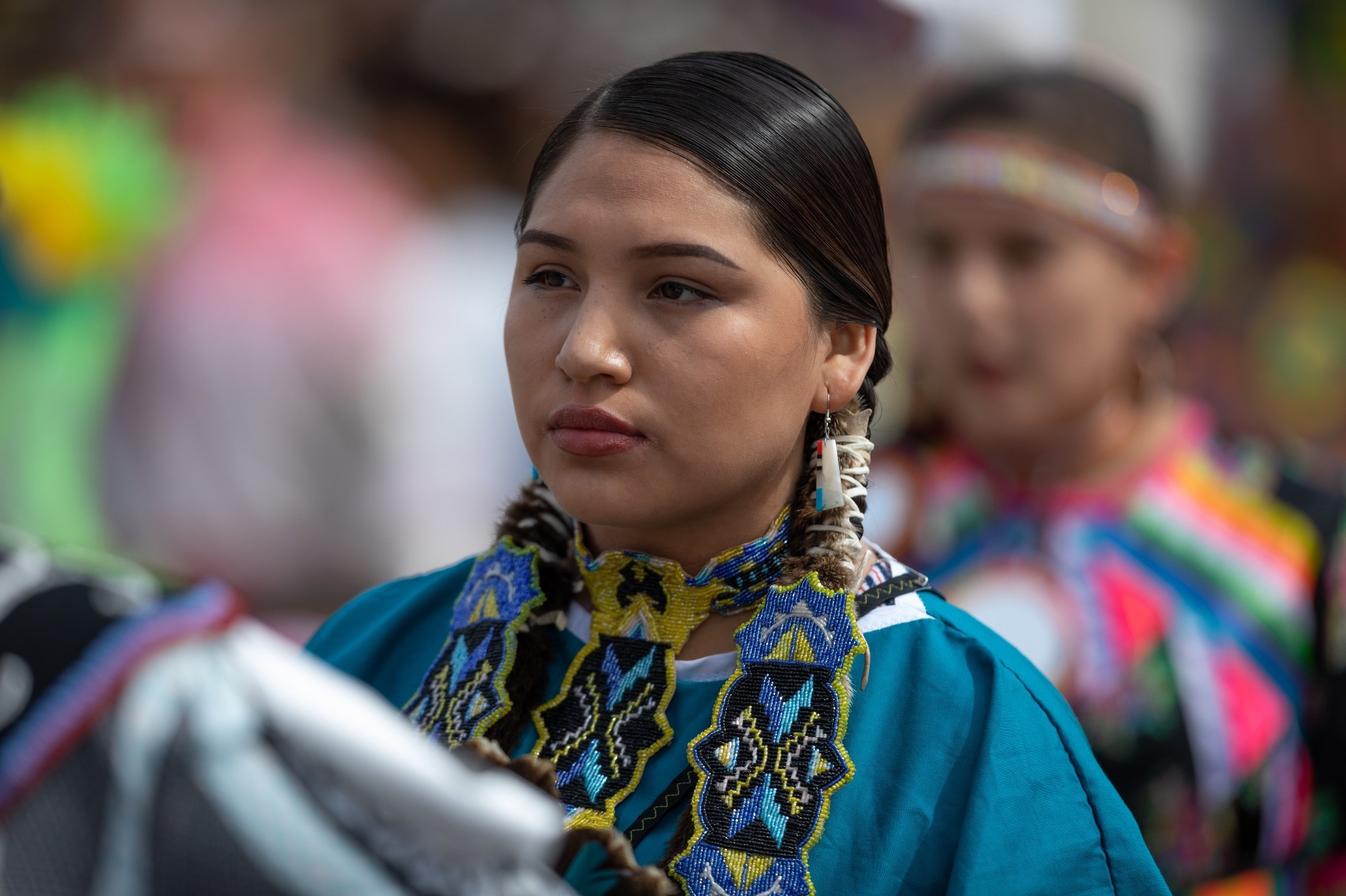Various health discrepancies in severe acute respiratory syndrome coronavirus 2 (SARS-CoV-2) infection, hospital admission, and death, particularly among American Indian (AI) and Alaskan Native (AN) populations, have been reported in the United States.
These disparities are exacerbated by limited health infrastructure, geographic remoteness, socioeconomic constraints, and discriminatory health policies. Factors contributing to these disparities include social health determinants and the presence of chronic medical conditions.
In a recent study published in PNAS Nexus, researchers evaluate risk factors, including race and ethnicity, related to severe coronavirus disease 2019 (COVID-19) and mortality among 475 patients admitted to the University of New Mexico Hospital (UNMH).
 Study: Disproportionate impact of COVID-19 severity and mortality on hospitalized American Indian/Alaska Native patients. Image Credit: Roberto Galan / Shutterstock.com
Study: Disproportionate impact of COVID-19 severity and mortality on hospitalized American Indian/Alaska Native patients. Image Credit: Roberto Galan / Shutterstock.com
About the study
Data were obtained on demographics, duration of infection, laboratory parameters, comorbid conditions, treatments, clinical events, and in-hospital deaths. COVID-19 severity was determined based on COVID-19-associated intensive care unit (ICU) admission and mortality.
To determine infection onset and clinical features associated with the initial stage of COVID-19, such as oxygen supplementation requirements at admission, several characteristics were comparatively assessed among the groups.
Vital signs and clinical laboratory values were determined within the first 24 hours of admission. Charlson Comorbidity Index (CCI) scores were calculated to assess comorbidities as a composite measure.
To improve the understanding of the pathophysiological features of COVID-19 in the racially diverse population, the main clinical events occurring during hospital stays were comparatively assessed among the study groups.
The clinical COVID-19 course was further explored by evaluating the number of individuals with severe COVID-19, duration of hospitalization, and within-hospital deaths. Logistic regression modeling was performed to determine the risk factors of COVID-19 outcomes, and odds ratios (ORs) were determined.
Hospitalized individuals with quantitative-type reverse transcription-polymerase chain reaction (RT-qPCR)-confirmed COVID-19 from UNMH were recruited for the current study. Individuals 18 years or younger and those who received extracorporeal membrane oxygenation (ECMO) therapy at admission were excluded from the analysis. The study participants were hospitalized between April 23, 2020, and December 14, 2021.
Patient demographics, comorbidities, and symptoms of SARS-CoV-2 infection were determined through verbal interviews. The biomarkers assessed in this study included procalcitonin, bicarbonate, albumin, bilirubin, alkaline phosphatase, blood urea nitrogen (BUN), and estimated glomerular filtration rate (eGFR).
Study findings
The study analyzed the admission characteristics of AI/AN individuals whose median age was 55 years. These results were compared to Hispanic, non-Hispanic Whites (NHWs), and other patients who comprised 47%, 19%, and 4% of the cohort, respectively.
AI/AN COVID-19 patients were more likely to be younger, require invasive mechanical ventilation, and exhibit laboratory reports indicative of greater COVID-19 severity and more extended hospitalization than other ethnic groups. Throughout hospitalization, a higher percentage of AI/AN individuals also experienced shock and encephalopathy.
Self-documented AI/AN ethnicity was the most significant predictor of COVID-19 severity outcomes and in-hospital death, with OR values of 3.2 and 2.4, respectively. Other risk factors for severe SARS-CoV-2 infection were being male and older age, which remained statistically significant even after multiple corrections and replacement of individual comorbidities with CCI scores. Higher CCI scores also increased the risk of severe COVID-19 with an OR of 1.2.
The mean time of symptom onset before hospital admission was seven days, with a marginally longer duration of disease among AI/AN individuals as compared to Hispanics and NHWs. AI/AN individuals represented the most significant percentage of patients requiring invasive-type mechanical ventilation support at 18%, significantly greater than Hispanics and NHWs at 6.3% and 4.5%, respectively, thus indicating greater COVID-19 severity at admission.
For all comorbidities, the percentage was the lowest among AI/AN individuals and highest among NHWs. The AI/AN cohort experienced two-fold higher shock, encephalopathy, and invasive-type mechanical ventilation needs than Hispanics and NHWs.
Throughout hospital stay, severe COVID-19 was reported in 41% of study participants, with 54% of the AI/AN cohort developing severe COVID-19 compared to 36% and 31% of Hispanics and NHWs, respectively. Among all participants, the in-hospital mortality rate was 18%, with AI/AN individuals having the longest hospitalization mean duration of 20 days. COVID-19-associated mortality risks were higher among males, chronic renal disease patients, and steroid recipients, with OR values of 2.2, 2.5, and seven, respectively.
Implications
The study findings demonstrate a disproportionate influence of SARS-CoV-2 infection on AI/AN individuals during the COVID-19 pandemic. These patients experienced more severe illness and mortality as compared to Hispanics and NHWs, thus indicating that resources and interventions addressing health discrepancies are required to reduce the burden of COVID-19 in these communities.
AI/AN patients were younger, more severely ill, and had higher oxygen requirements for supportive care. The underlying cause for increased susceptibility to hospitalization in the AI/AN population remains unclear.
Collaborations between health service providers, tribal authorities, and population health agency workers are needed to develop effective and equitable COVID-19 mitigation strategies.
Journal reference:
- Ivy Hurwitz and others, Disproportionate impact of COVID-19 severity and mortality on hospitalized American Indian/Alaska Native patients. PNAS Nexus 2(8). doi:10.1093/pnasexus/pgad259